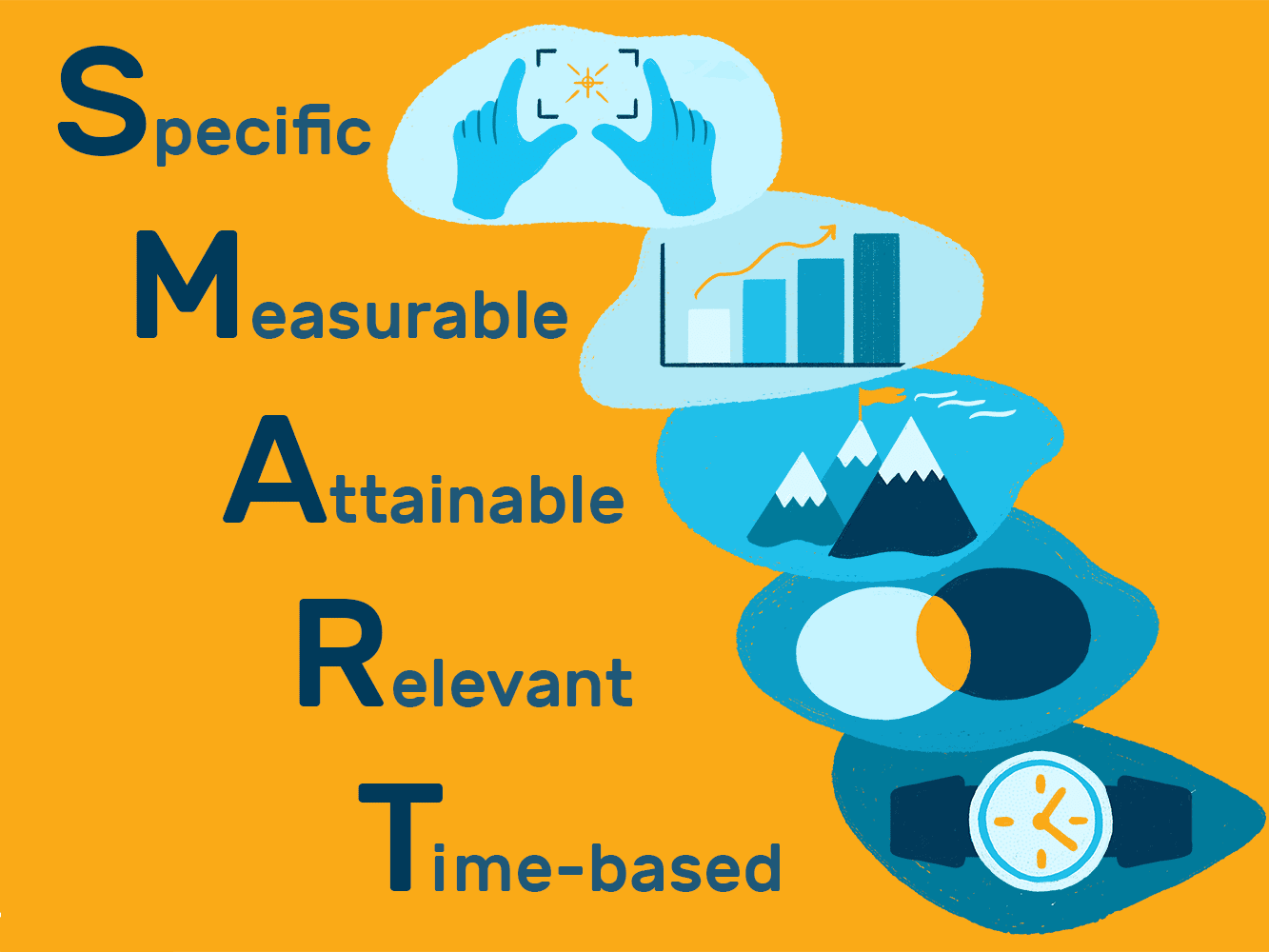Content marketing is one of the most critical factors for the success of any digital marketing campaign. This is why the need for an effective content marketing strategy is more than ever, today!
The article below discusses the seven essential elements of content marketing strategy that you need to keep in mind when designing the next content strategy for your brand. Hence, with the help of the following article, you can create your own strategy, but it is preferable to hire the top content marketing services to make your brand’s digital existence count!
What is a Content Marketing Strategy?
Basically, a content marketing strategy is designed to answer the following three questions:
- Why are you creating this content?
- Who are you helping with your content?
- How will you stand out from others to help your audience?
Organizations design smart content marketing strategies to create their audience base, engage them and ultimately convert them into customers.
Furthermore, businesses usually hire content marketing agencies to achieve at least one of these objectives; higher lead quality, increased revenue, and faster conversions.
There is a famous phrase that goes around, “Content is King”. As a king is supposed to be the most crucial person in the kingdom, so is the content in digital marketing. Irrespective of the digital marketing channel you are dealing in, an effective content marketing strategy is vital for a brand’s success.
You may like to read: How to Write High-Quality Content in 2022
Essential Elements of Content Marketing Strategy
1. Brand Identity Guidelines
Brand identity is the founding element of any content marketing strategy. You need to have clarity of your brand identity so that you can deliver it through your content.
The objective of this principle is to make customers aware of the brand guidelines. Furthermore, consistently using these guidelines make sure that the customers have a unique perception of the brand.
Therefore, the brand guidelines include those answers and important points about the brand that your audience needs to know.
Typically, the features of your brand identity can be divided into the following three groups:
- Brand Value Features – This includes the unique value proposition (USP) that a brand delivers to its audience.
- Visual Brand Features – This set of features includes colors, symbols, typography, and logo.
- Brand Story Features – In this class of brand identity guidelines, you aware your customers of the story behind your brand, i.e., mission, vision, and storytelling.
2. Target Audience Profiles
Targeting audience profile is another major element of content marketing strategy, and it involves the research undertaken, to understand and get the knowledge of your target audience.
Relationship building is one of the most critical factors in the success of any business. It becomes more crucial when it comes to creating the right content for the right audience.
Furthermore, the better you know your target audience, the higher the chances of getting your content strategy goals achieved.
Understanding your target profiles is essential because these are the people you will be curating content for. Some of the significant benefits of clearly defining your target audience are:
- You understand how to reach and communicate with them through your engaging content.
- You get into the mindset of your customers and understand their needs and wants so that you satisfy their content craving accordingly.
- It helps you optimize content and value offer.
3. Document Goals and Objectives
Documenting the goals and objectives for content marketing strategy keeps you consistent with the content that you create for your target audience. Moreover, it also helps you to measure and keeps an eye on the progress.
The targets of an effective content marketing strategy may vary from increasing brand awareness to attracting a niche audience to creating content that supports the launch of a new product or service.
Moreover, a good content marketing company knows that, for goals to be effective and efficient, they must follow the SMART rule. This means that each goal has to be Specific, Measurable, Achievable, Relevant, and Time-Bound.
Specific
The goal should be defined precisely, what you want to accomplish.
Measurable
Include key performance indicators to the goals to measure them over time.
Attainable
The goals have to be realistic and not vague. Try to set challenging but achievable goals.
Relevant
The goals should fit in your overall content marketing strategy. Furthermore, stay relevant to your brand identity guidelines.
Time-Based
Establish a specific time period to achieve your goals. Outline the period clearly with a timeline.

4. An Optimized Content Production Process
Sometimes, it can be challenging to keep up with the various dimensions of content marketing strategy. So, to ensure that you remain on track, you need to optimize the content production process.
Optimizing the content production process means producing more high-quality content effectively and efficiently with fewer inputs. The whole idea revolves around saving resources such as time and money to curate content while keeping the value and quality high.
5. A Content Calendar and Schedule
Consistency is the key if you want to build a solid digital presence, and a great way to keep everyone in the loop along with the customer attraction is to manage a shared content calendar.
This will help you to plan and stick to a consistent schedule of posting content. The content calendar can include information like format, channels, time of posting, etc.
Also, a scheduled calendar that is joint with different team members, initiatives, and regions ensures proper visibility and coordination.
6. Diverse Range of Content
Blog article is one of the significant forms of content that play a substantial part of content marketing strategy. Blogs help you engage and retain visitors by producing exciting and informative content.
But not everyone likes to read long articles. Some people like to consume visual-rich content while others may enjoy audio-only content.
So, make sure to include different types of content in your content marketing strategy to attract different buyer personas. A good content marketing strategy is a combination of following different forms of content:
- Blog posts
- Product demo videos
- Infographics
- eBooks
- Webinars
- Podcasts
- Case studies
- Interviews with industry influencers
7. Data Collection and Analysis
The digital world today is full of data. The content that you produce collects data and information about your client base and it can be proved useful for tracking the performance during developing an effective content marketing strategy.
Digital platforms have made it possible to access large amounts of data. Using advanced data analytics tools, this data can help taking smart decisions for future content marketing strategy of the brand.
Ending Notes
Content is, undoubtedly, one of the most important ingredients in the recipe of successful digital marketing strategy. An smartly curated content marketing strategy can do wonders for the brand.
In this article, we discussed the seven most essential elements of content marketing strategy that you need to keep in mind. Content is the king, and its importance is going to to stopped in any foreseeable future.
